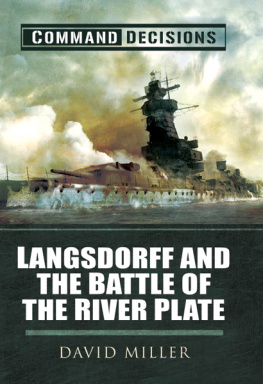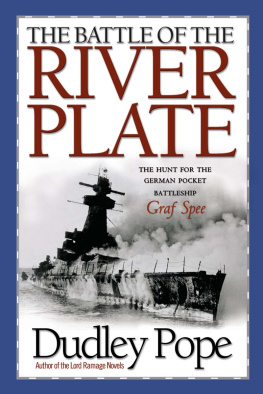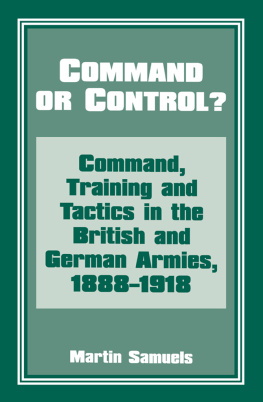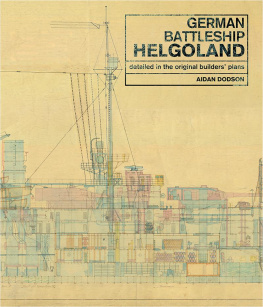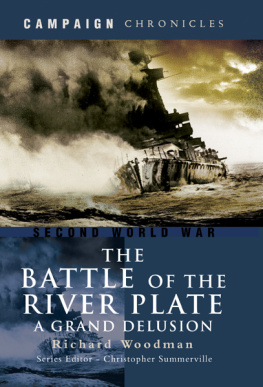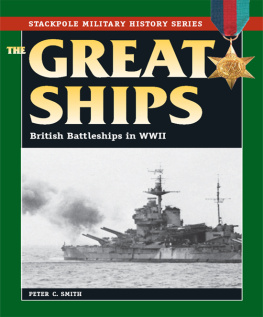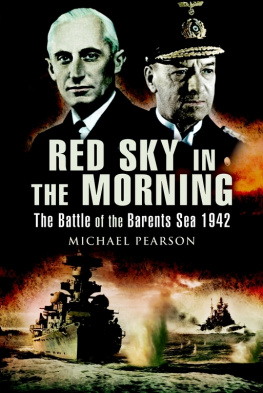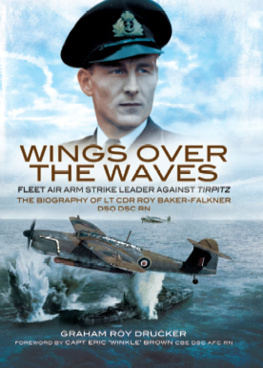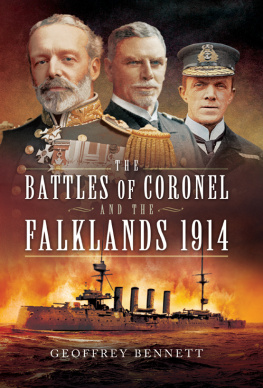
First published in Great Britain in 2013 by
Pen & Sword Maritime
an imprint of
Pen & Sword Books Ltd
47 Church Street
Barnsley
South Yorkshire
S70 2AS
Copyright David Miller 2013
ISBN: 978-1-84884-490-2
PDF ISBN: 978-1-47382-138-5
EPUB ISBN: 978-1-47382-234-4
PRC ISBN: 978-1-47382-186-6
The right of David Miller to be identified as Author of this Work has been asserted by him in accordance with the Copyright, Designs and Patents Act 1988.
A CIP catalogue record for this book is available from the British Library.
All rights reserved. No part of this book may be reproduced or transmitted in any form or by any means, electronic or mechanical including photocopying, recording or by any information storage and retrieval system, without permission from the Publisher in writing.
Typeset in 11/13 Ehrhardt by Concept, Huddersfield, West Yorkshire
Printed and bound in England by CPI Group (UK) Ltd, Croydon, CRO 4YY
Pen & Sword Books Ltd incorporates the Imprints of Pen & Sword Aviation, Pen & Sword Family History, Pen & Sword Maritime, Pen & Sword Military, Pen & Sword Discovery, Wharncliffe Local History, Wharncliffe True Crime, Wharncliffe Transport, Pen & Sword Select, Pen & Sword Military Classics, Leo Cooper, The Praetorian Press, Remember When, Seaforth Publishing and Frontline Publishing.
For a complete list of Pen & Sword titles please contact
PEN & SWORD BOOKS LIMITED
47 Church Street, Barnsley, South Yorkshire, S70 2AS, England
E-mail:
Website: www.pen-and-sword.co.uk
Contents
Maps

Map 1: The War Cruise of the Panzerschiff Graf Spee.

Map 2: Battle map: Graf Spee versus the British cruisers.
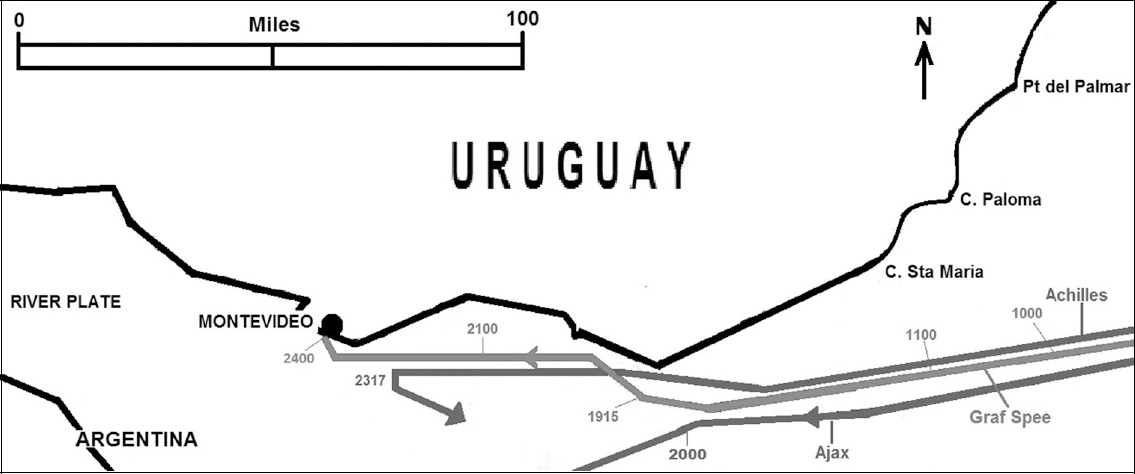
Map 3: Shadowing map showing the relative positions of the Graf Spee and HM Ships Achilles and Ajax.

Map 4: River Plate estuary.
Introduction
The Battle of the River Plate is one of the best-remembered naval engagements of the Second World War, with the pictures of the burning wreck and memories of its tragic commanders suicide seared into the public memory. The battle was fought on 13 December 1939 between two apparently disparate forces: on the German side Admiral Graf von Spee, one of the much vaunted pocket battleships; on the British side, three smaller and seemingly much less powerful cruisers, Exeter, Ajax and Achilles.
Conditions in the battle area were virtually perfect there was a cloudless sky and no surface haze, giving maximum visibility. There was a gentle breeze from the south-east, giving a low swell. Also, there were no distracting influences, such as nearby land, and not only were there no admirals in the vicinity but, while both commanders had wireless communications back to their respective homelands, their admiralties left them to fight their own battle.
Both commanders were thirsting for action and had unknowingly headed for the same small area of the Atlantic Ocean. Then, as soon as they sighted each other, their plans and their reactions were identical: advance towards the enemy at full speed ahead. Neither commander entertained any thought of avoiding battle.
Graf Spee was of a type known to the Germans as Panzerschiff (armoured ship), but outside Germany as a pocket battleship, which had excited great interest since the first-of-class, Deutschland, was launched in 1930. The design was internationally acclaimed as being most ingenious, with the displacement limited by the Versailles Treaty to 10,000 tons but mounting two triple turrets, each with three 11-inch (28cm) guns, which, combined with an impressive secondary armament, gave it an aura of great power.
There were few technological distractions during the battle. The British deployed one aircraft as a spotter but the German aircraft was unserviceable, so it was one of the last naval battles in which airpower played only a very limited part. The German ship possessed one of the worlds first operational naval radars, but it did not influence the battle in any respect, while the British had no such device.
Of the many unusual features the most important was that the crews of all four ships behaved with great gallantry and, while everyone involved sought to ensure that their side emerged victorious, all those involved, with the exception of a very few ashore, behaved with scrupulous correctness, coupled with both physical and moral courage.
This book is concerned with the commanding officer of the Graf Spee, Kapitn zur See Hans Langsdorff, and the unique succession of challenges he had to face. It is divided into four parts:
. | The historical background German surface raiders in the First World War. |
. | The ship the design of the Deutschland-class Panzerschiffe. |
. | The war cruise of the Graf Spee. |
. | Conclusions. |
Authors Conventions
All timings are local, unless specified otherwise.
All naval ranks are those held in December 1939. German naval ranks and their US/British equivalents are explained at .
All measurements are given in Imperial units followed by the metric equivalent.
Linear measurements have been rounded off to one decimal place.
Displacement of merchant vessels is given in Gross register tonnage (grt), an internationally accepted measure of a merchant vessels internal volume, which was in use from 1854 to 1969. This gave an indication of the earning capacity of the vessel and is used here to give the reader a means of comparing the sizes of merchant vessels mentioned in the text.
There are numerous quotes from German texts. Where these are important they are given in English in the main text but I have included the original German text as a footnote to enable those readers who wish to do so to verify the rendering into English.
Acknowledgements
I am especially grateful to Jamie Wilson, publisher, who showed great understanding and kindness in rescheduling the book twice when I suffered a family bereavement which caused great distress and personal difficulty.
I consulted many extremely helpful people in the course of writing this book. I made numerous contacts in Germany where research into the Graf Spee and Altmark is alive and well. Peter Behmller (Altmark) and Marco Gurk (Graf Spee) were very generous with their help, as was John Asmussen in Denmark concerning the picket boats. I am also grateful to Maurice Laarmann for permission to use one of his photographs.
Some of the discussion in concerning the captain going down with his ship is based on a more general coverage of this subject in my book Commanding Officers and is repeated by kind permission of the publishers of that book, John Murray.
In England technical advice and encouragement came from Brian Crabb, Robert Hall, Christopher Miller and Ian Pirnie.
Next page
